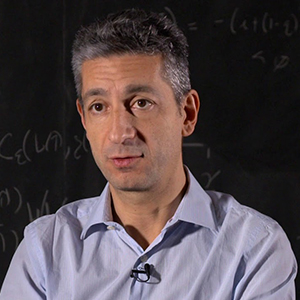Abstract
The notion of skilled-biased technological change is often held responsible for the recent behavior of the U.S. skill premium, or the ratio between the wages of skilled and unskilled labor. This paper develops a framework for understanding this notion in terms of observable variables and uses the framework to evaluate the fraction of the skill premium's variation that is caused by changes in observables. A version of the neoclassical growth model is used in which the key feature of aggregate technology is capital-skill complementarity: the elasticity of substitution is higher between capital equipment and unskilled labor than between capital equipment and skilled labor. With this feature, changes in observables can account for nearly all the variation in the skill premium over the last 30 years. This finding suggests that increased wage inequality results from economic growth driven by new, efficient technologies embodied in capital equipment.








